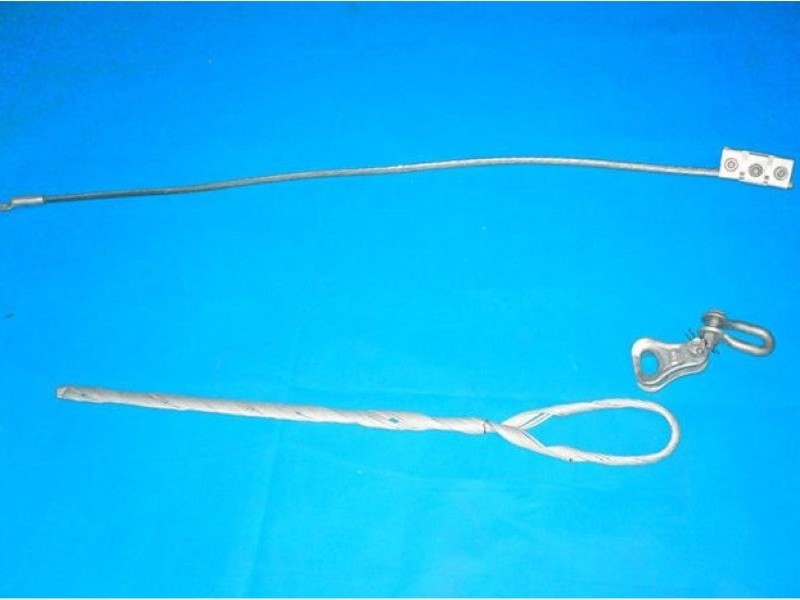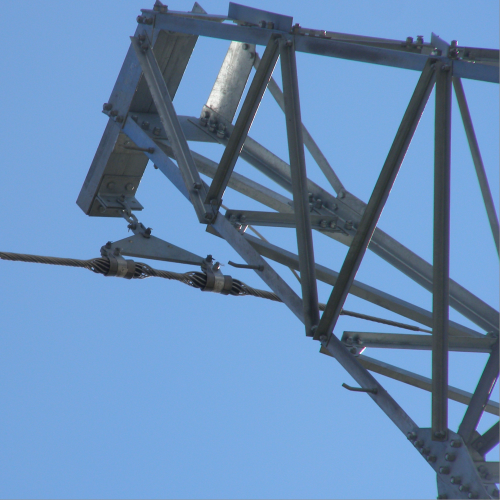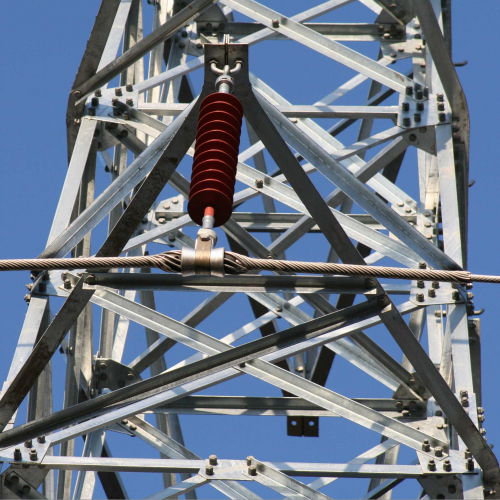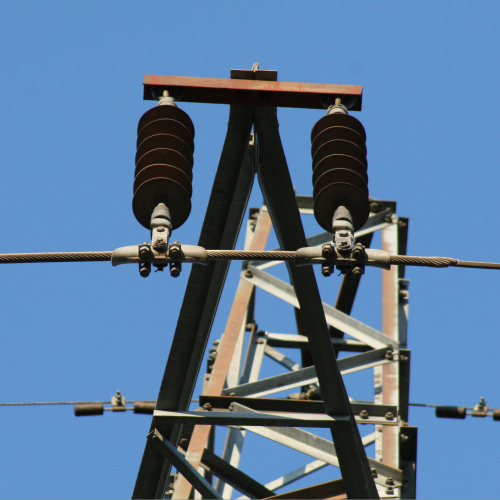In power systems, industrial production and daily life, the grounding wire clamp, as an important device to ensure the safety of electricity consumption, assumes an important role in introducing leakage current and static electricity into the earth, and is a protective device to prevent electric shock accidents and equipment damage. However, incorrect use will not only cause the grounding wire clamp to lose its protection function, but may also cause a series of security risks and serious consequences.
The most direct and serious consequence of the wrong use of grounding wire clamp is to threaten the lives and safety of personnel. During power maintenance or equipment operation, if the grounding wire clamp is not connected correctly, the grounding resistance is too large, or important grounding links are missed, then when the equipment leaks or is shorted, the current cannot be introduced into the ground in time, which will cause the equipment shell and metal parts to be charged. At this time, if someone comes into contact with a charged body, the current will form a circuit through the human body, causing an electric shock accident. Light causes electric shock burns and muscle spasms, while heavy causes cardiac arrest, respiratory failure, and even death on the spot. For example, during the maintenance of high-voltage equipment, if the grounding wire clamp is not installed according to the specification, and the maintenance personnel will be directly exposed to the high-voltage electric field in the event of a sudden call, the instantaneous strong current is enough to be fatal. In addition, the use of damaged or aging grounding wire clamps in some scenarios, or the replacement of special grounding wire clamps with other wires, will be due to the failure of the insulation layer of the wire, insufficient carrying capacity and other problems, can not be effectively shunt during leakage, further amplifying the risk of electric shock.

Incorrect use of grounding wire clamp can also cause equipment damage and functional failure. The normal operation of power equipment and precision instruments depends on a stable grounding system. Incorrect connection of the grounding wire clamp will destroy the potential balance of the equipment and cause equipment failure. On the one hand, when the grounding wire clamp is loose or virtual connected, the static electricity generated by the equipment during operation cannot be released in time, and the accumulation to a certain extent may penetrate the insulating layer of the components, causing the circuit board to burn down, chip damage and other hardware failures. On the other hand, in thunder and lightning weather or power grid fluctuations, if the grounding wire clamp is not reliably grounded, the equipment cannot discharge surge current through the grounding system, and it is vulnerable to lightning damage, especially sensitive electronic equipment such as communication equipment and computer servers. A slight surge impact may cause data loss and system paralysis. In addition, the wrong grounding method may also cause interference problems between equipment. For example, the grounding wire clamp of different equipment sharing the same contact point leads to signal crosstalk, which affects the measurement accuracy or operating stability of the equipment, and indirectly causes the equipment function to be degraded or scrapped.
In short, the consequences of the wrong use of grounding wire clamp involve multiple levels such as personnel safety and equipment operation, and the hazards generated have the characteristics of directness, severity and chain nature. Therefore, whether it is daily electricity consumption or industrial production, it is necessary to strictly abide by the installation specifications and operating procedures of the grounding wire clamp, so that the grounding wire clamp is reliably connected, the grounding resistance is up to standard, and the material meets the requirements.




